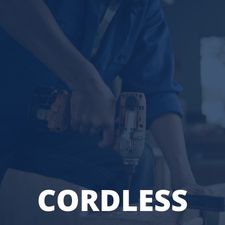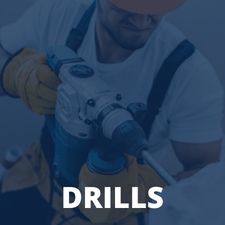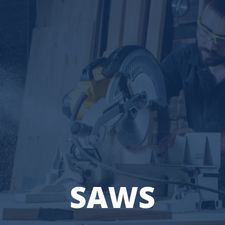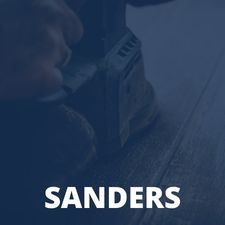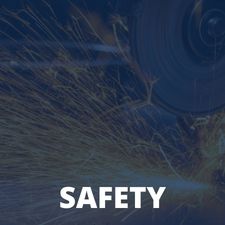 This section provides answers to the many frequently asked questions about drilling power tools.
This section provides answers to the many frequently asked questions about drilling power tools.
Should I just buy a heavy-duty hammer drill so I’m capable of drilling everything?
Should I buy a Makita or a Bosch?
Should I buy ‘Made In Germany’ or ‘Made In China’?
What can I do to maintain my drill?
What’s that burning smell?
How can I ensure I don’t overload my drill?
My drill isn’t functioning properly, what do I do?
I have lost my drill’s instruction manual. Where can I get a replacement?
Do you have a question that isn’t answered here? If so, then other people may be wondering the same thing. So please, click here to ask away.
Should I just buy a heavy-duty hammer drill so I’m capable of drilling everything?
Firstly, this type of drill may indeed best suit your requirements. Like all power tools however, it still has its fair share of both strengths and weaknesses. Although it may have enough power to perform almost any task, it will be quite heavy and may be very hard to control. A drill of this size is a little too clumsy for drilling very fine holes too, and its chuck may not even hold very small bits (most may only hold down to 1.5mm). Although it may be the solution for some, it isn’t the answer for all.
Should I buy a Makita or a Bosch?
The answer is simple – you shouldn’t buy a power tool for it’s name. Brands such as Makita and Bosch have excellent reputations and support, but then again so do others that you may not have heard of before. You may also end up buying a model simply for the brand and it’s price point. This particular model may not be designed to perform the work you require it to, and it will fail. In short, buy to your requirements and ask questions – it’s your right as a customer.
Should I buy ‘Made In Germany’ or ‘Made In China’?
It’s a common perception amongst consumers that the best quality tools come out of countries such as Germany and Japan, and this is true to an extent. It is far more common however to find tools produced in countries like China, Malaysia, Taiwan, Mexico, and the like. The vast majority of manufacturers have migrated production to these countries to bring you a product of equivalent quality at a lower price. Manufacturers employ the same production techniques across all their factories, wherever the location, but will tend to produce their highest quality products in their most prestigious location. The most important thing to determine is whether the manufacturer owns their factories or not. If they do, they have far greater control over the quality of components and workmanship that go into the making of their products.
What can I do to maintain my drill?
There are a couple of simple ways to maintain any power tool. The first is to keep the tool relatively clean and free from debris. Depending on the application however, this is not always the easiest task. It may be an idea to invest in a compressor and blow gun to blast any dust and fragments from the unit. The other way is to regularly check the carbon brushes. This is done with the aid of a slotted head screwdriver. Carbon brushes are a component in all power tools that wear with use, and should be replaced when they wear down to a marked point (or after about 50hrs of accumulated use). Both carbon brushes should be replaced at the same time, and should be identical. Once they are replaced, run the tool with no load for 1 minute to ‘break in’ the brushes.
If you encounter a burning smell when using a power tool of any sort, it means that the motor is being over stressed and is overheating. Specifically, the motor’s internal fan (known as an impeller fan) can’t cool the motor’s windings fast enough and their varnish coating begins to melt. If you start to smell this ‘electrical burning smell’, withdraw the machine from the work but keep it running. This will enable the impeller fan to cool the motor’s windings. This smell is generally an indication that the tool isn’t being used correctly, or that it is attempting to perform a task that it isn’t capable of.
How can I ensure I don’t overload my drill?
To prevent your drill from becoming overloaded, it is necessary to reduce the cutting load on the tool. This can be done by one or more of the following.
- Using one or more pilot drills
- Using cutting and cooling lubricants
- Using quality, sharp accessories
- Slowing down the speed or changing to a lower gear
- Letting the drill do the work and not forcing it
- Regularly clearing wood chips and swarf
My drill isn’t functioning properly, what do I do?
If your tool is still under its warranty, then all you have to do is to take it back to the place of purchase with your proof of purchase, and they will assess it and give you a solution. If it is not under warranty, then you can take it to a local service agent and they will give you a quote to repair it. A lot of customers though do find that buying a new tool is a more cost effective approach. If you would like to check the warranty of your tool, please see our list manufacturers.
I have lost my drill’s instruction manual. Where can I get a replacement?
Most suppliers will have a library of instruction manuals on their website available for you to download. For the official Australian website that relates to your tool, please see our manufacturers page. If you find these are not available online, return to your place of purchase and they will generally be more than happy to get in contact with the manufacturer and obtain a replacement manual.

